| We went on a coach tour of the naval base at Newport News. We
weren't allowed to take pictures of the ships close to, which is a bit daft
really since there are plenty of photos on the web. Besides, there were only
about half a dozen ships in the port. I guess the rest are in Iraq. This is
the George Washington. All the carriers on the east coast have odd numbers
and those on the west have even numbers. | 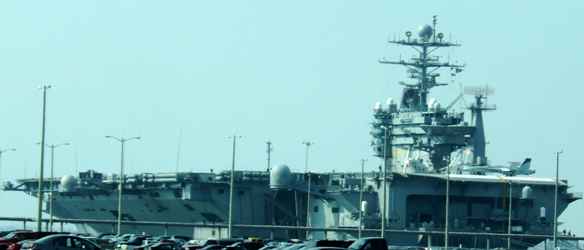 |
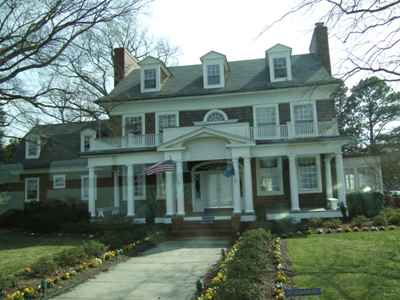 | The tour goes
down a road where all of the houses are occupied by admirals and other top
brass officers. Some of these houses are huge. They were built for an
exposition, and each was built in the style of, or as a copy of, a house in
various states, so they each have the name of a state. This is the Delaware
House and home to an admiral. |
| They seemed to get larger as we went down the road. The Virginia
House is home for an air force general. Rank has its privileges. | 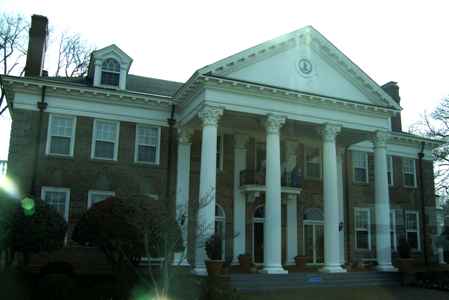 |
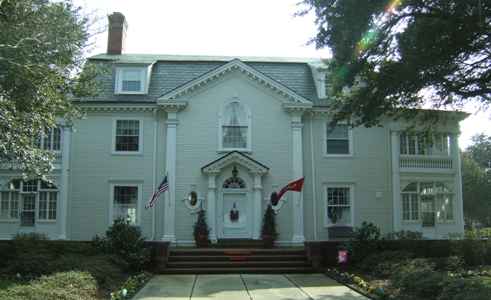 | This house is
allocated to the Marine Corps. The Connecticut house is currently home to a
Lieutenant General. |
| The original naval port was next to the more recent naval air
base, now they have been amalgamated. They have a collection of aircraft
which have been based here over the years. | 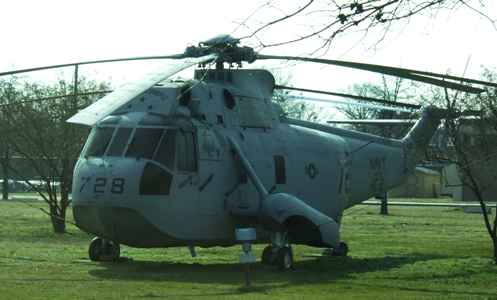 |
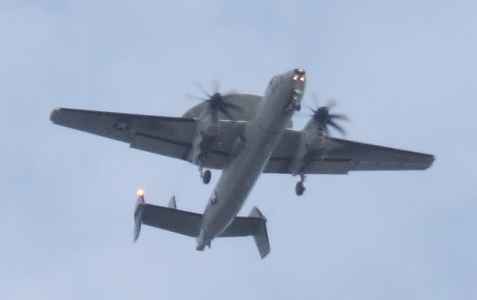 | They are paranoid
about security so two navy Hawkeye electronic surveillance aircraft
continually circle the base keeping an eye on the surrounding airspace. I
just marvel that anything so intrinsically unaerodynamic can fly at all with
its huge radome on top. |
| We continued north across the causeway. There is a tunnel at the
end so the ships can pass in and out of the naval base. The clearance is so
tight that the aircraft carriers can only pass at high tide. |  |
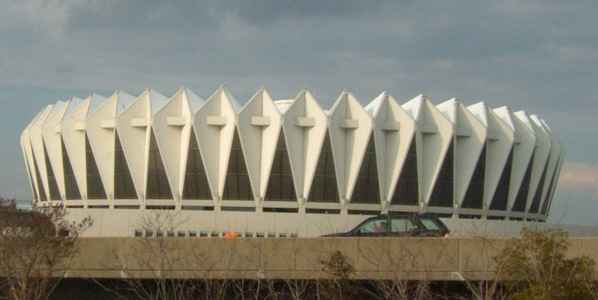 | We
couldn't see what this was other than a spectacular building, probably a
sports dome of some sort. |
| The campsite at Newport News is really nice with a spacious
woodland setting with nature trails, etc. Mind, it was a bit noisy with an
interstate on one side and a railroad not far away, and no leaves on the
trees to muffle the sound. | 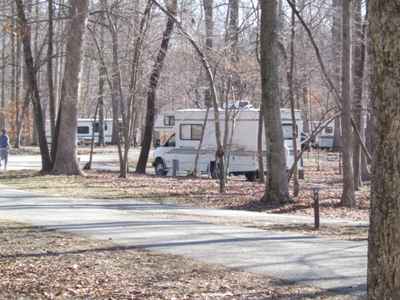 |
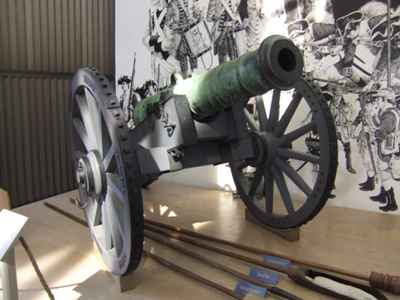 | The following
morning we went round the corner to Yorktown, where the rebellious American
colonists and their French and Prussian allies laid siege to the British
stronghold occupied by the soldiers of Lord Cornwallis. There is a museum
and a ranger-guided walk so our National Parks pass came in handy yet again.
This British cannon was actually damaged by a cannon ball during the siege,
and is known as the Lafayette cannon after General Lafayette embraced it in
1824 (well, he was French). |
| Most of the cannons on display are replicas which have been built
by staff in the park. This is a long range 24 pounder. In general the
English only had small guns in comparison to the American and French forces. | 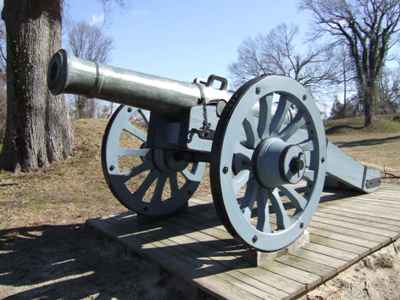 |
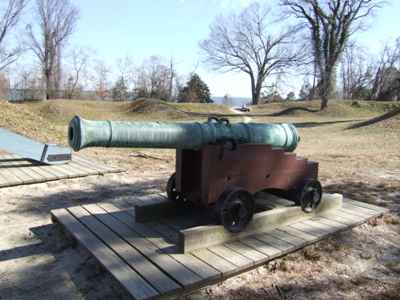 | This an English
12 pounder long cannon probably brought ashore from a ship. Two days after
Lord Cornwallis surrendered his 10,000 men, the English fleet arrived. The
whole affair was rather mismanaged by him (in hindsight). Although the
Americans view it as a brilliant achievement by Washington, the tactics of
the actual confrontation (technically not a battle) were managed by the
French who had much more experience of siege warfare. The overall conclusion
was that the English lost it rather than that the Americans won it. |
| This is a mortar which fired explosive charges on a high
trajectory. Firing these effectively was a real artillery skill. | 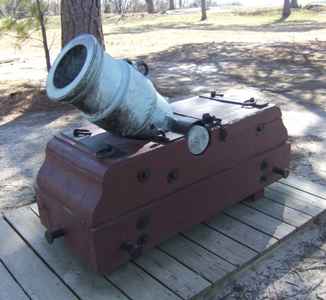 |
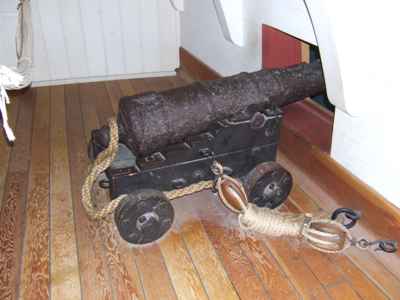 | The museum has a
mockup of one of the ships. This is a six pounder cannon which had been
recovered from the bay back in the 1930s having lain in the water for over
150 years. |
| Driving away we passed some of the wooden fences which were built
to provide cover for the soldiers. We first saw these at Antietam which we
had visited almost at the start of our journey.
Now we headed inland and north for Charlottesville. From now on we would
abandon campsites and stay with friends. It was too cold to camp any more as
we moved ever northwards. | 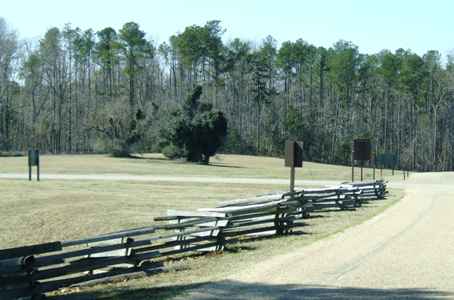 |
|